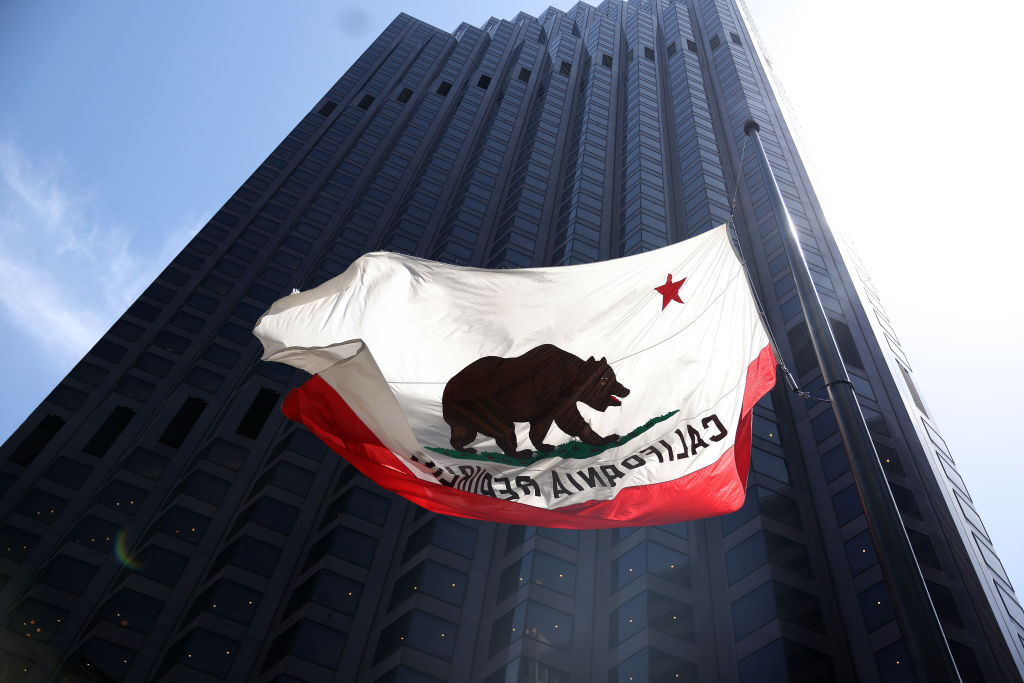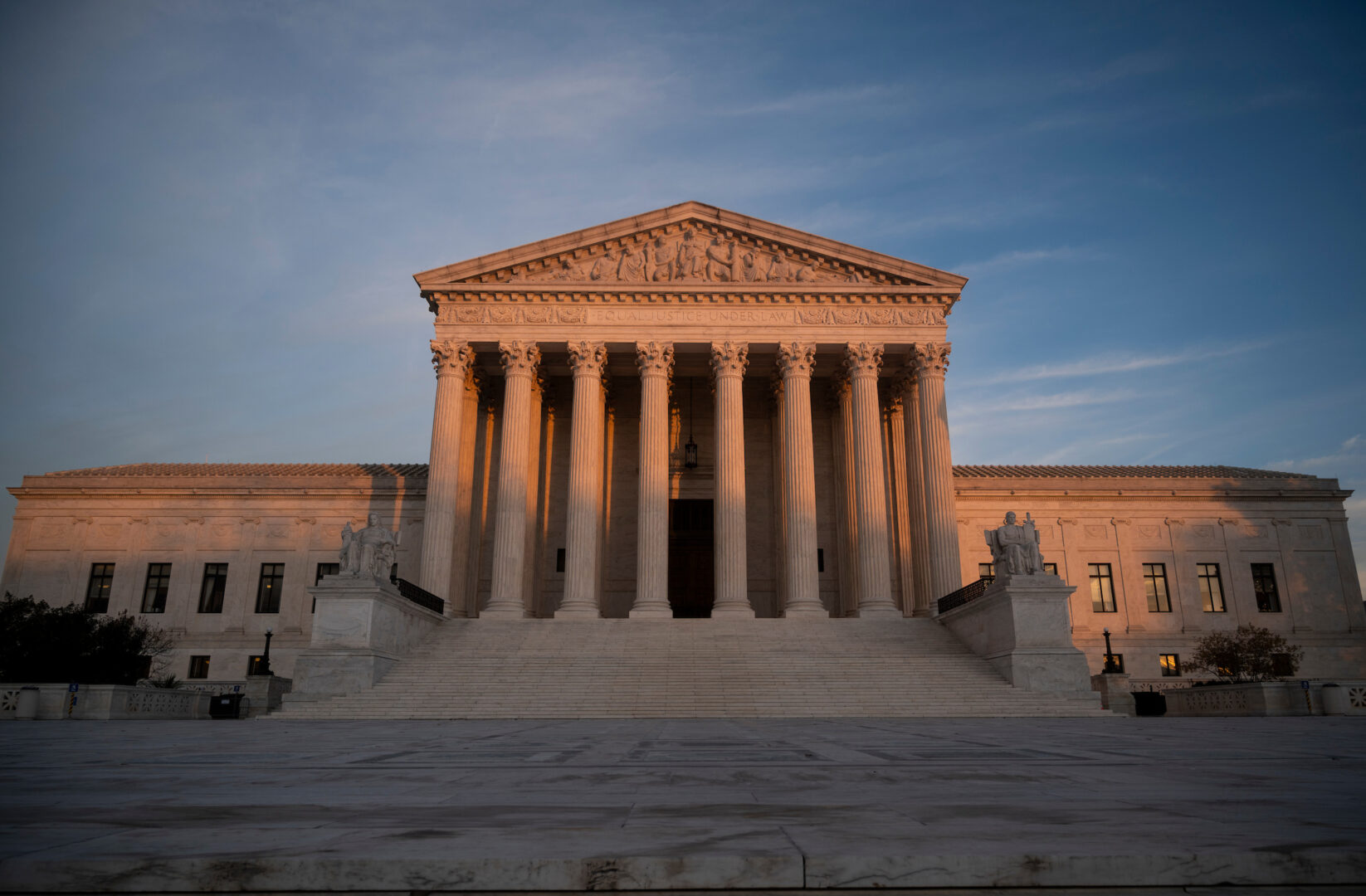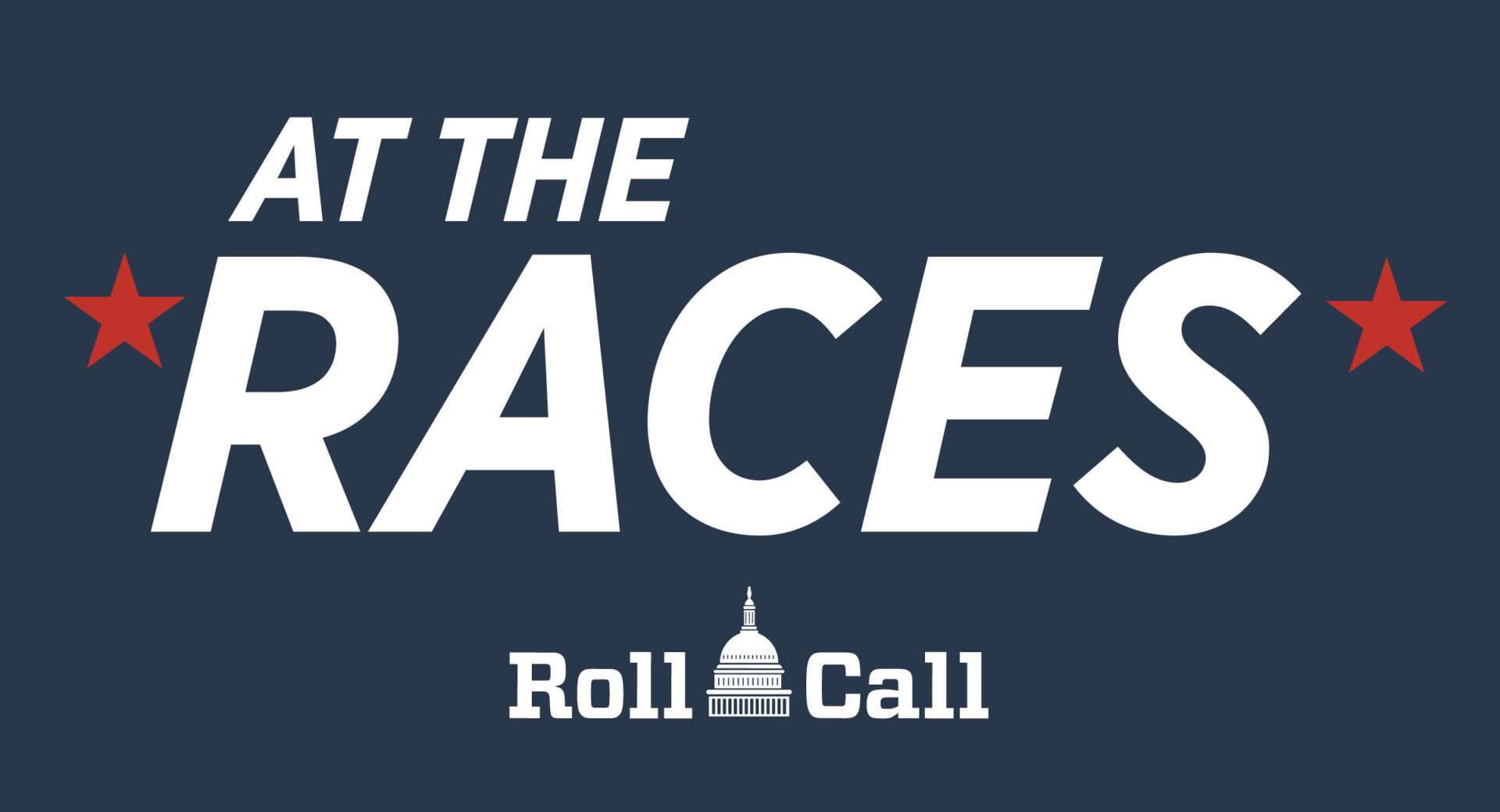Want to understand the Electoral College? Just look at California
The Golden State holds the key to a long-standing dispute

As Joe Biden tries to recreate the majority coalition that elected him in 2020, he is facing a myriad of obstacles, from questions about his age to voter unhappiness with his record on the economy and the border, to name a few. If today’s polls are any indication, the 2024 election is going to be another nail-biter, and that means the Electoral College, not the popular vote, may again determine the next president.
Democrats have used the recent Al Gore and Hillary Clinton losses — both won the popular vote — to delegitimize the Electoral College and the presidencies of George W. Bush and Donald Trump. Republicans, on the other hand, tout the wisdom of the founders in creating a system that protects the interests of smaller states, the majority in the country, from being overwhelmed by the sheer size of big states. (Today, that would be California.)
The fairness argument over the Electoral College has been an ongoing debate for decades, but the unexpected election of Trump by winning the Electoral College in 2016 put the constitutional mechanism back in the spotlight once more.
This fall’s election, like 2016 and 2020, will again focus on a handful of key states that will likely tip the scales for one candidate or the other, in what will be another very close race putting the Electoral College in play.
This time around, six states consistently emerge as targets — Arizona, Nevada, Georgia, Pennsylvania, Michigan and Wisconsin, with some adding North Carolina to the mix. Inevitably, the political debate about the “few states that really matter” will give way to a discussion about the fairness of the Electoral College system, given that two out of the last six presidential elections were won by a candidate who lost the popular vote.
However, there is another way of looking at what is often portrayed by partisans as a skewed system. Since 1856, the first election in which a Democratic presidential candidate vied for the presidency against a Republican, there have been 42 presidential elections. In 10 of those, the popular vote margin for the winning candidate was 3 percent or less. Four of those were won in the Electoral College by a candidate who did not win the popular vote.
Those candidates were Rutherford B. Hayes in 1876, Benjamin Harrison in 1888, George W. Bush in 2000 and Trump in 2016. Within these four, only Hayes in 1876 had an opponent, Samuel Tilden, who won a majority of the popular vote (50.92 percent).
That is the only election in U.S. history when a candidate won an actual majority of the popular vote, yet lost the election after a bipartisan post-election commission determined the outcome. Every other presidential candidate who got a majority of the popular vote won the presidency outright.
What this means is that the popular vote threshold for winning the presidency and eliminating the Electoral College as a factor is a margin of greater than 3 percent. And that takes the ability to put together a clear winning coalition to take the Electoral College out of play.
In looking at the last eight elections, the Republican presidential candidate has managed to reach a majority of the popular vote in only one election, 2004. Democrats surpassed the greater than 3 percent margin in five elections, and reached a majority of the popular vote in three. The two Democratic wins without a majority were Bill Clinton in 1992 and 1996, when there was a significant third-party candidate, Ross Perot, in the contests.
However, the elections of 2000 and 2016, when Bush and Trump won the Electoral College while losing the popular vote, broke new ground in understanding the relationship between the popular vote and the Electoral College — the California factor. This state’s outsize impact on national vote totals often skews the perception of presidential election outcomes, not a positive when it comes to healing post-election divisions.
Hillary Clinton and Gore both lost the popular vote outside of California. Gore lost by about 750,000, earning him a total of 267 electors. Hillary Clinton’s loss outside California was worse, down by 1.4 million votes and earning only 232 electors. In contrast, Bill Clinton, Barack Obama and Biden all won the popular vote outside of California by putting together a winning coalition that crossed the greater than 3 percent threshold, a necessity for either party.
California’s dominant role in winning the popular vote for Democrats is clearly growing. The state contributed about a quarter or less to Bill Clinton’s overall margins in 1992 and 1996. In Obama’s first election, California represented 34 percent of his margin, which grew to 60 percent in his reelection as his margins dropped. In 2008, he won outside of California by close to 6.3 million votes, but in 2012, that margin dropped to just under 2 million votes.
The Golden State delivered 73 percent of Biden’s 7 million popular vote margin in 2020, or 5.1 million votes.
California’s flip to the Democratic Party really got off the ground in 1992. Prior to that, Republicans had won nine out of the previous 10 presidential races, the one exception being Johnson in 1964. Since Bill Clinton’s run in 1992, Democrats have won the state in eight consecutive presidential elections; and in the last four, the presidential margins for Democrats have ranged from 23 percent to 30 percent. What Republican campaign is going to put significant resources into California, given these margins?
Democrats like to claim the popular vote ought to determine presidential elections, and why not? Eliminating the Electoral College would give one-party strongholds like California the same kind of permanent political advantage at the national level that dominates their state politics. That’s not good for democracy.
The Electoral College helps guarantee the kind of broad-based election outcome that reflects the interests of all Americans. So does the greater than 3 percent threshold a winning coalition delivers.
David Winston is the president of The Winston Group and a longtime adviser to congressional Republicans. He previously served as the director of planning for Speaker Newt Gingrich. He advises Fortune 100 companies, foundations and nonprofit organizations on strategic planning and public policy issues, as well as serving as an election analyst for CBS News.





